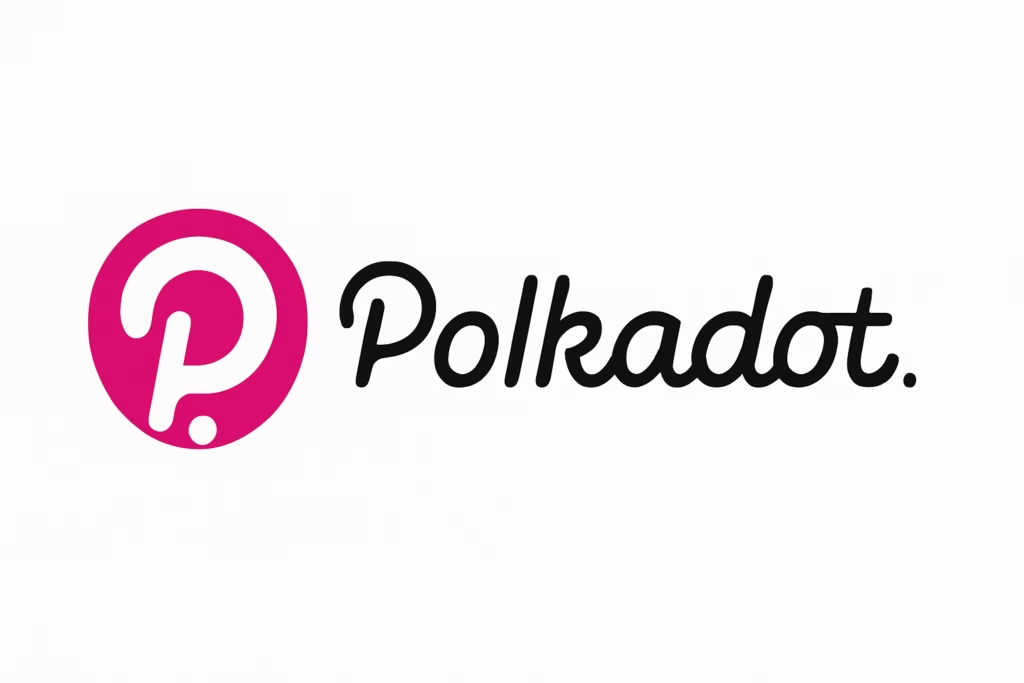- Polkadot biggest upgrade since launch is JAM (Join Accumulate Machine), which replaces the Relay Chain with a modular, permissionless architecture.
- The upgrade removes parachain slot auctions and introduces Agile Coretime, a flexible system for computing resource allocation.
- Developers can now build services and smart contracts directly on JAM, boosting accessibility and innovation.
- JAM uses the Polkadot Virtual Machine (PVM) powered by RISC-V, offering up to 42x higher data availability than before.
- Migration will happen all at once, without a hard fork or impact on existing parachains.
What is JAM?
Announced in April 2024 by Polkadot founder Gavin Wood, the Join Accumulate Machine (JAM) represents the largest architectural change to Polkadot since its full launch in 2021.
JAM replaces the existing Relay Chain with a modular, minimalistic design that allows developers to build services directly—without parachain slot auctions. This is a major shift, opening up Polkadot to a broader range of builders, similar to Ethereum’s permissionless model.
How JAM Works
JAM introduces a permissionless framework, enabling anyone to build services, smart contracts, and rollups directly on Polkadot. These services will maintain interoperability across the ecosystem, supporting token transfers and data exchange.
Instead of slot auctions, Polkadot will use Agile Coretime, where users can purchase computing resources in bulk, split them up, and even resell them on secondary markets. This system, powered by DOT, creates a more flexible and efficient marketplace for blockchain resources.
Technical Leap: The Polkadot Virtual Machine (PVM)
At the heart of JAM is the Polkadot Virtual Machine (PVM), which runs on the RISC-V processor architecture—the same used by Google, Nvidia, and Alibaba.
To test its capacity, Polkadot is building the Polkadot Palace supercomputer in Lisbon, with over 12,000 cores and 16TB of RAM. According to estimates, JAM will handle:
- 852 Mb/s data availability (42x greater than before)
- 150 billion gas per second processing capacity
Why JAM Matters for Polkadot’s Future
Currently, Polkadot’s Relay Chain supports only 50 parachains, making access competitive and costly. JAM removes these restrictions, turning Polkadot into a distributed supercomputer where governance, staking, and other features become services instead of built-in functions.
Also Read: Polkadot’s Q3 Review: Key Milestones and What the Future Holds
Wood envisions JAM as a scaling solution that removes barriers for developers while ensuring compatibility with existing parachains. Importantly, the migration will not create a new token or fork—DOT remains the backbone of the ecosystem.
When Will JAM Launch?
The rollout is expected within 20 to 60 months. Unlike prior gradual upgrades, JAM will be deployed all at once. DOT holders won’t see any disruption, as compatibility with current parachains is guaranteed.

